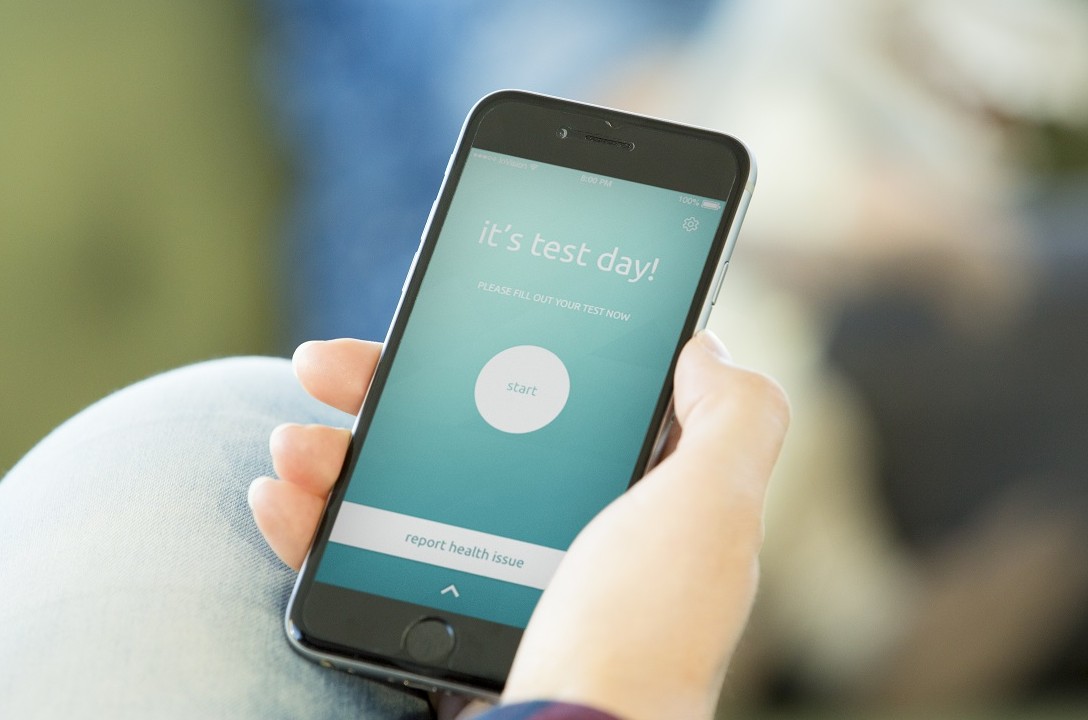Summary
CHDR’s biomarkers and test batteries provide proof-of-pharmacology results in the early stages of drug development. Since pharmacodynamic and pharmacokinetic profiles can differ between patients and healthy subjects, early testing in patients is essential. However, patient recruitment can sometimes result in a bottleneck for study progress. To proactively tackle this issue, CHDR has developed the Ready-for-Research approach: establishing pre-screened groups of patients who are ready and willing to participate in a study. Whenever a sponsor is ready to test a product in this patient population, CHDR is already on hand with pre-screened patients.
The Ready-for-Research approach dovetails with our Monocentre approach: Ready-for-Research patients are available for participation at the same facility using the same procedures, further minimising variability. In effect, patients are recruited and ready before the trial even begins. We collaborate closely with patient advocacy groups and physicians, ensuring that everyone can benefit from this innovative approach.
How it works
With the Ready-for-Research approach, we recruit patients who have specific medical conditions and are interested in participating in drug studies. We then screen these patients using specific protocols that have been approved by an ethics committee. Interested patients are first invited to our facility. After providing written informed consent and a full medical history, they receive a comprehensive physical examination including blood work, and we test their performance on some of our test batteries (such as NeuroCart®). The experience is like visiting an outpatient clinic, and patients are made as comfortable as possible. Once a sizeable cohort of patients with the same diagnosis has been established, the cohort is ready for research.
Depending on their specific medical condition and disease stage, patients can return to CHDR on a regular basis (for example, once or twice a year) for re-screening in order to assess their condition, general health, and other possible factors that may affect their ability to participate in an upcoming study. This approach enables CHDR to offer sponsors a relatively large cohort of patients with a well-defined set of symptoms.
The Monocentre approach
Once a protocol is approved, a study ideally proceeds as soon as possible. However, this reduces the available window for recruiting the required number of patients. For that reason, even in the early phases of development, most studies are multicentre trials. On the one hand, this increases patient numbers and the likelihood of achieving sufficient recruitment. On the other hand, the selection criteria often require a compromise, resulting in patient characteristics that do not necessarily reflect clinical reality. In addition, it may be impractical or even impossible to provide all participating centres with the more complex tests (and accompanying training) needed for proof-of-pharmacology. However, when our Ready-for-Research strategy is combined with our Monocentre approach, all patients are available and able to be tested at the same location, enabling the consistent and expert application of complex tests. This way, we are able to provide in-depth insights into effects in patients at an early stage of development.
Practical answers to important research questions
-
Why patients?
At CHDR, we believe that patients should be included as early as possible in clinical drug research. It is impossible to be absolutely certain that patients will have the same pharmacodynamics and pharmacokinetics profiles as measured in healthy volunteers – indeed, the very system that the drug is designed to target is often altered by the disease.
CHDR focuses on proof-of-pharmacology, showing that the drug affects the pharmacological mechanism, not necessarily the disease itself. A drug is designed to have a specific pharmacological activity, and this is a clear prerequisite for a therapeutic effect. Unfortunately, many drugs fail in clinical trials because their pharmacological activity cannot be ensured. When interpreting the outcome of a failed trial, it is instrumental to be able to demonstrate whether or not the drug had the expected pharmacological effect in patients. This underscores the importance of effectively measuring these effects in patients.
Despite the importance of testing in patients, patient cohorts often have more variability and can be more difficult to recruit. This is where the Ready-for-Research approach plays a crucial facilitating role.



